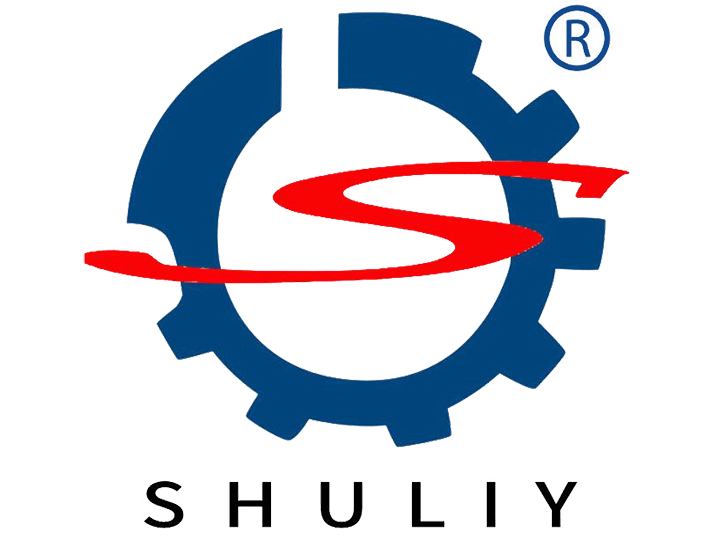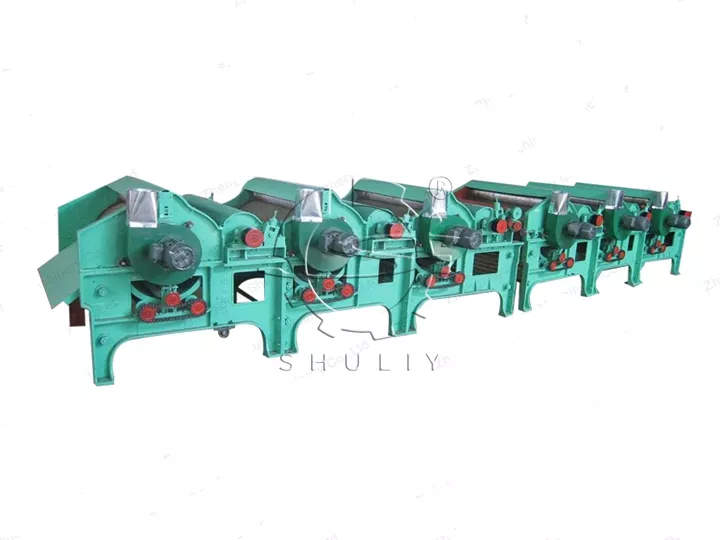废纺织品回收设备通常由两大核心部件组成:开松机和清料机。通过密切协作,这些单元实现对废布的高效处理和纤维再生。开松机负责开松、分散和梳理废纺织品,将缠结的织物纤维分离成可加工的纤维束。
清料机进一步去除杂质和非纤维成分,使纤维恢复到可再利用的状态。当与织物切割设备集成时,该系统能高效将各种废纺织品转化为可再生的纤维材料,为纺织回收提供坚实基础。
废旧纺织品回收机的应用
废旧纺织品回收机在纺织废品处理和再利用领域有着广泛的应用。其主要应用领域如下:
- 纺织废料回收:适用于各种纺织废料,包括旧衣服、废弃面料和废寝具。
- 纤维再生:通过专业加工,将废弃织物中的纤维重构为可用于纺纱、织造等纺织制造工艺的可用纤维形态。
- 再制造应用:回收的纤维材料可广泛用于新纺织品的再制造,包括服装面料、地毯、工业用布及其他纺织制品。
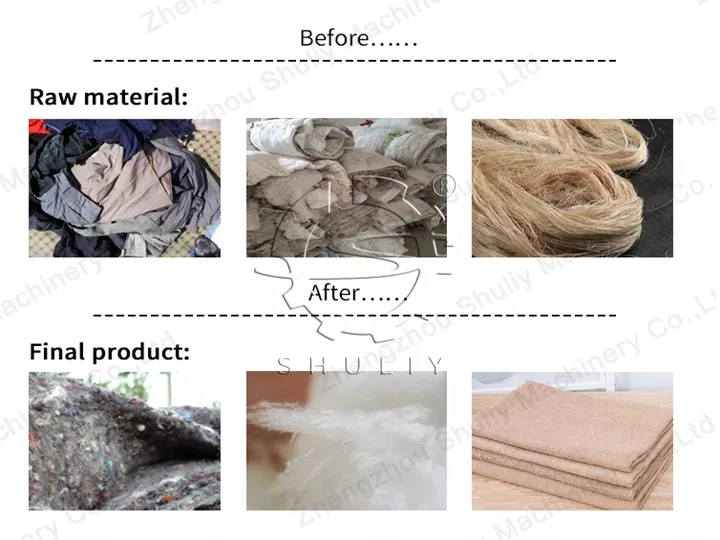
纤维开松机
开松机是废旧纺织品回收机械行业中的重要机械设备,仅配备一根辊,其主要作用是对纤维原料(如棉花、羊毛、合成纤维等)进行预处理,进行预处理。处理,以利于后续的纺纱和织造过程。以下是开启器的一些主要特性和功能:
- 梳理和分离纤维: 开松机通过一系列梳理和分离工艺,解开、分散并将纤维原料对齐成单一的纤维流。这有助于消除纤维之间的缠结和混合,并保持纤维的平行排列。
- 去除杂质和短纤维: 开松机去除纤维中的杂质、灰尘和短纤维,改善纤维的质量和均匀性。
- 纤维长度的调整: 这些机器可以根据需要调整纤维的长度,以满足不同纺纱和织布工艺的要求。
- 提高纺纱效率: 通过预处理纤维,开松机可以提高后续纤维清洗机的效率,减少纱线断裂和生产问题。
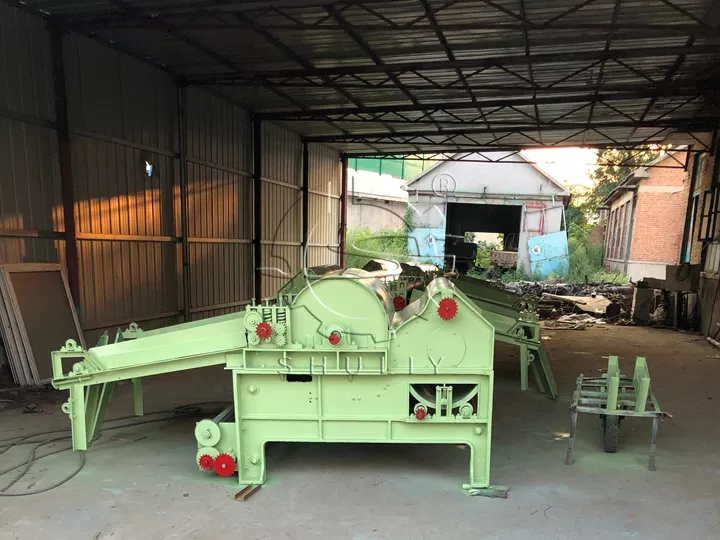
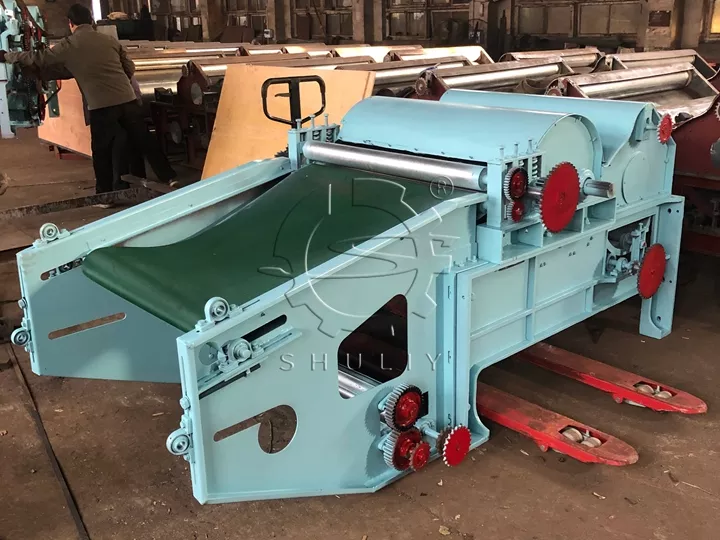
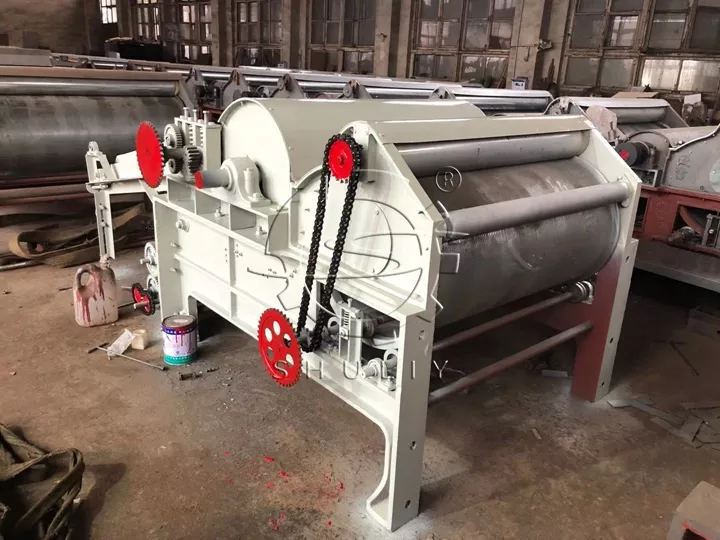
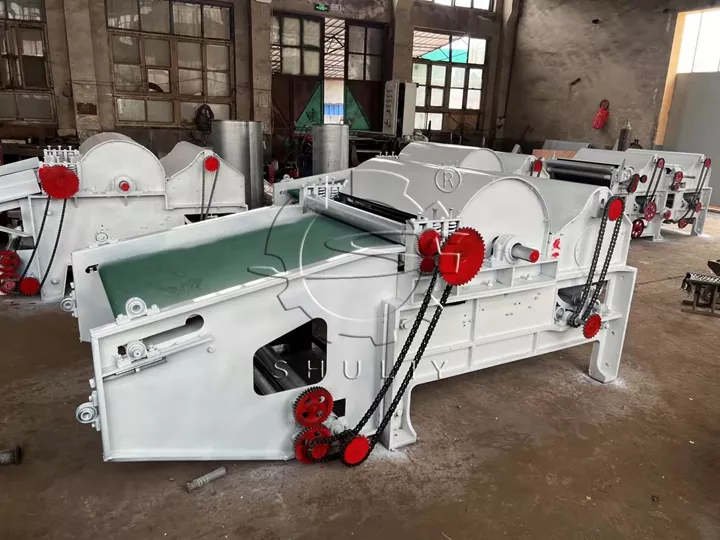
开松剂在纺织工业中发挥着关键作用,有助于确保纤维的质量和一致性,进而影响最终纺织品的质量和性能。这些机器在纺织制造过程中有着广泛的应用,对纺织工业的发展具有重要意义。
纺织纤维清洗机
弹力清理机是废旧纺织品回收机械行业中的重要设备,其主要功能是对纤维进行进一步加工,配备多个辊筒,去除其中的异物和短纤维,以提高废旧纺织品的质量和适用性。纤维。以下是炸弹清洁器的一些主要特性和功能:
- 去除异物和杂质: 清理机通过振动、筛分和气流分离等多种物理和机械工艺,从纤维中去除杂质、灰尘和其他异物,有助于提高纤维的清洁度和纯净度。
- 短纤维的分离: 废旧纺织品回收机识别并分离短纤维,这些短纤维常常干扰织造和纺纱工艺,去除它们有助于提高产品质量。
- 提高纤维均匀度: 将纤维更均匀地排列,减少纤维之间的混合和纤维长度的差异。
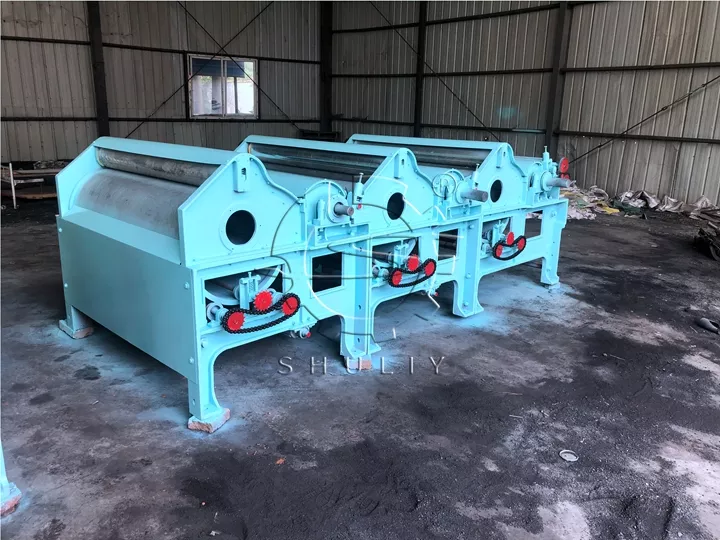

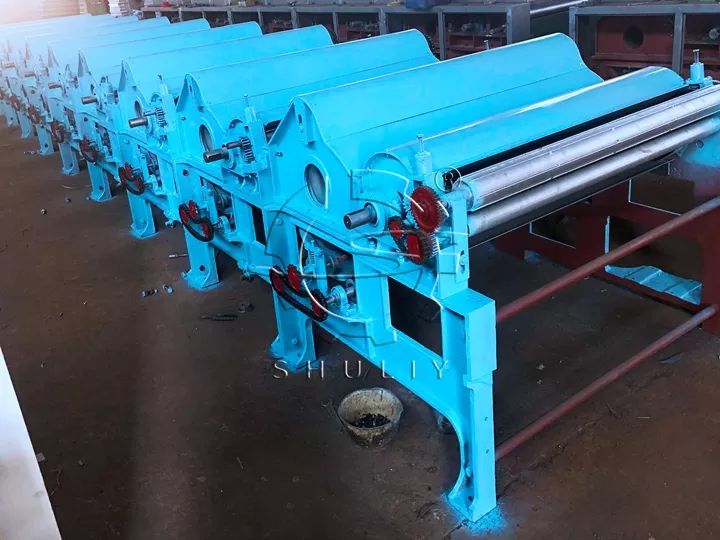
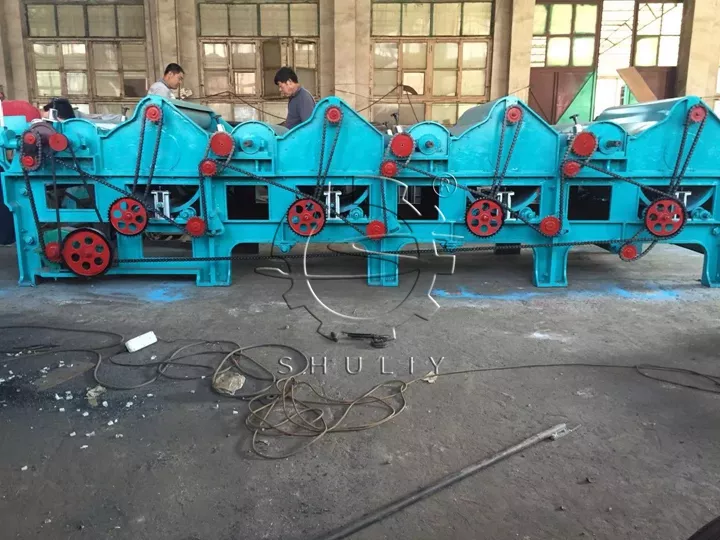
清纱机在纺织行业中发挥着至关重要的作用,有助于确保纤维的质量和一致性,从而提高纺织品的生产率和最终质量。这些机器在纺织行业的增长和可持续发展中发挥着重要作用。
纺织纤维回收工艺流程
开松机和清棉机是废旧纺织品回收机中的两个关键设备,它们在纤维预处理过程中发挥着重要作用。以下是他们的工作原理:
开启器的工作原理
- 喂料和分散: 开松机首先将废旧纺织品以卷筒或捆包的形式送入机器。机器会松散和分散这些纺织品。
- 梳理: 接下来,纺织品被输送到一系列梳理装置中,这些装置由旋转的梳齿组成。梳齿会解开、分散并将纤维排列成单一纤维流。
- 杂质去除: 在梳理过程中,开松机自动去除杂质、灰尘和短纤维,以提高纤维的质量和清洁度。
- 短纤维的分离: 开松机还可以检测并分离短纤维,有助于减少后续工艺中的纤维混合和纱线断裂问题。
- 输出: 处理后的纤维流被输送到下一道工序,通常是清理机或其他后续处理设备。
清洁机的操作
- 输入: 清理机接收来自开松机的纤维流,该纤维流中的纤维通常已经过初步分离和梳理。
- 清洁和分离: 废旧纺织品回收机采用振动、筛分和气流分离等物理工艺对纤维进行清洗和分离,有助于去除残留杂质、灰尘和短纤维。
- 输出: 清理后的纤维流被输送到下一道工序,如纺纱或准备回收纺织品的生产线。
总体而言,开松机的主要任务是对废旧纺织品进行解体、分散和去除杂质,而清洗机则进一步对纤维进行清洁和净化,以保证最终纤维材料的质量。这两台机器的联合作用有助于提高再生纺织品的质量和可用性。
带盖纤维回收机
为了更好的做好废旧纺织品回收机工作过程中的防尘和污染,以及保证机器平时比较干净,节省清理,我们可以给机器加装外罩,工厂图片如下:
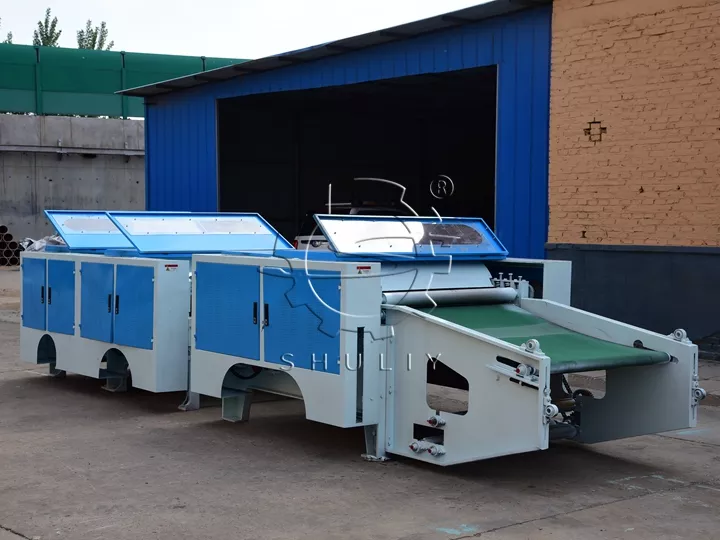
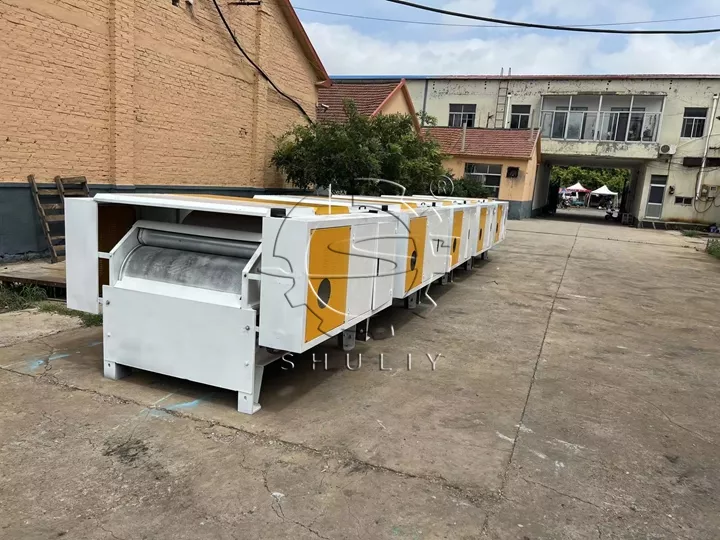
废旧布料回收机规格
| 模型 | 尺寸 | 输出 | 释放 | 速度 | 滚筒直径 | 力量 | 重量 | 链 | 平带 |
| GM-600 | 2600*1550*1300毫米 | 180-220公斤/小时 | 30% – 40% | 1040转/分 | 500毫米 | 18.5千瓦 | 1T | 19.5毫米 | 2000*1020*4层线 |
| 姓名 | 方面 | 发动机 | 滚轮长度 | 滚筒直径 | 重量 | 容量 |
| 一 滚筒 | 2000*1700*1300mm | 11千瓦 | 1000毫米 | 250毫米 | 800公斤 | 150-250kg/h |
| 双滚轮 | 2900*1700*1300mm | 29千瓦 | 1000毫米 | 250毫米 | 1500公斤 | 150-250kg/h |
| 三辊 | 4000*1700*1300mm | 34千瓦 | 1000毫米 | 250毫米 | 2350公斤 | 150-250kg/h |
| 四辊 | 5100*1700*1300mm | 40千瓦 | 1000毫米 | 250毫米 | 3200公斤 | 150-250kg/h |
在使用这两台废旧纺织品回收机之前,您可以使用纤维切割机对废旧面料进行预处理。详情请点击废旧回收线中的纺织纤维切割机。同时,开松后的成品可以通过纤维枕头填充机加工成枕头产品。
如果您想了解更多关于废旧纺织品回收机的型号和类型,或对纤维回收机感兴趣,请随时与我们联系!
